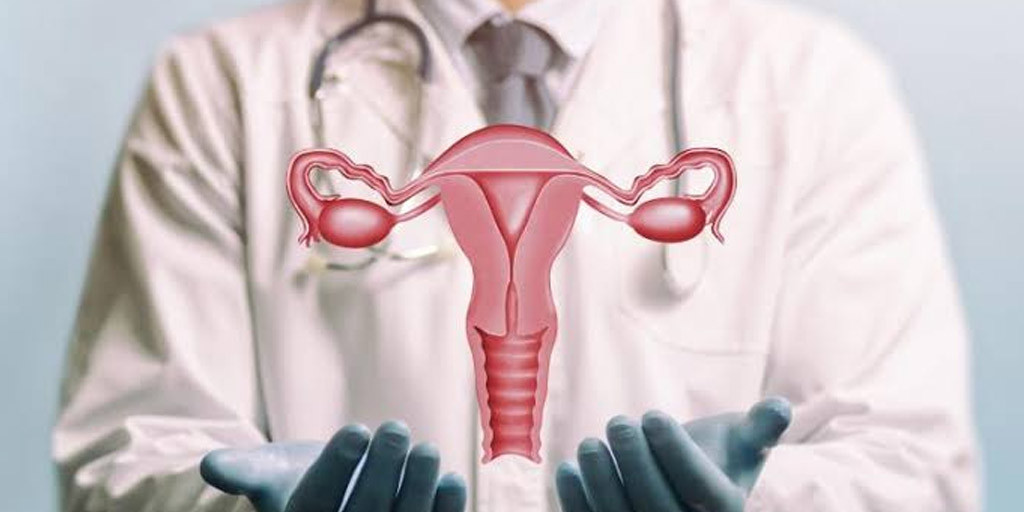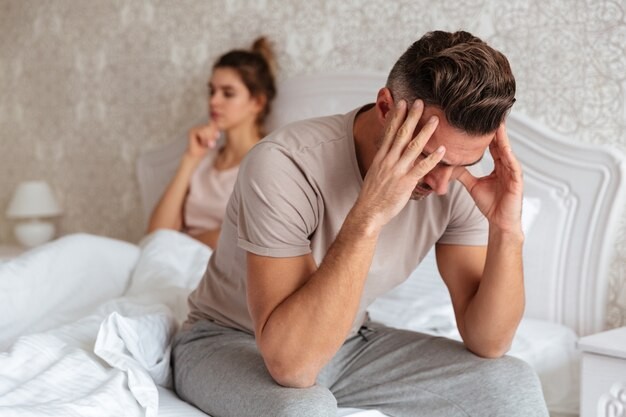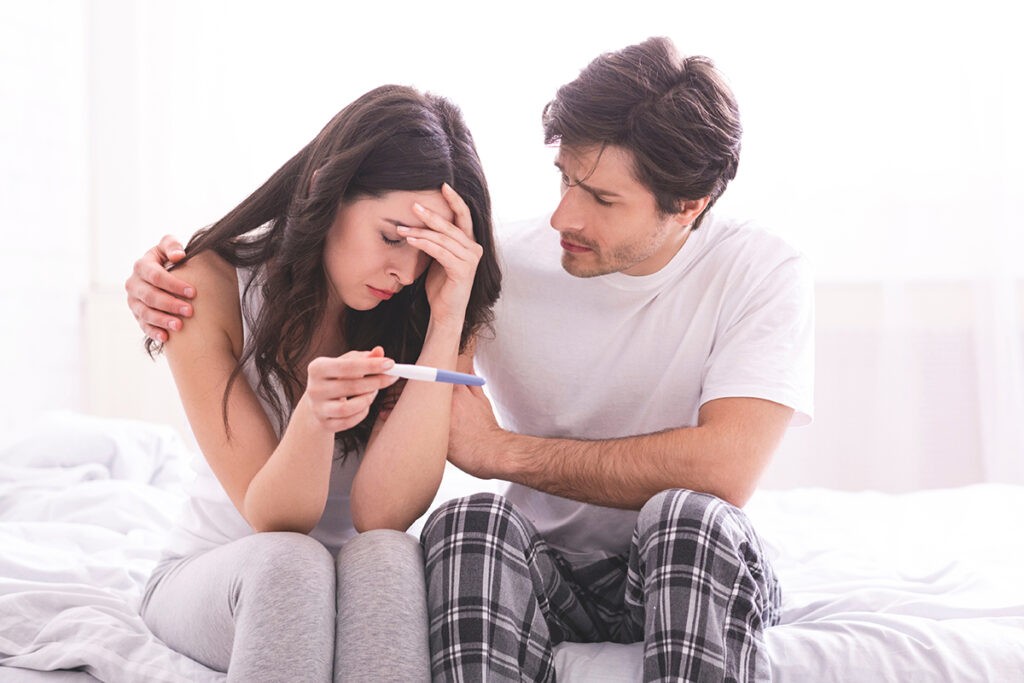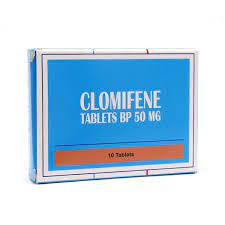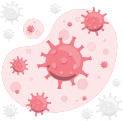Definition
Endometrial polyps are growths that occur within the endometrium, the innermost layer of the uterus where a fertilized egg implants. Endometrial polyps form when there is an overgrowth of endometrial tissue.
These polyps or lumps attach to the endometrial tissue via a thin stalk and can extend into the uterus. They can be round or oval in shape, ranging in size from a few millimeters (the size of a sesame seed) to several centimeters (the size of a golf ball) or even larger. You may have one or several lumps in your uterus.
Endometrial polyps are usually benign but can cause issues with menstrual periods or fertility. They are most likely to occur in women in their 40s and 50s, approaching menopause. Endometrial polyps can occur after menopause but are rare in women in their 20s.
Causes
The exact cause of endometrial polyps is not known, but hormones may be a contributing factor. The growth typically occurs when there is an excess of estrogen in your body. Estrogen plays a role in thickening the endometrium before the menstrual period. This thickening can trigger the growth of lumps or polyps. Several other risk factors can also affect the body after exposure to excess estrogen.
Risk Factor
Some factors that can increase your risk of developing endometrial polyps include:
- Excess weight: being overweight (BMI 25-30 kg/m²) or obese (BMI over 30 kg/m²) can increase risk, as estrogen is released in higher amounts by body fat cells
- Hypertension
- Certain medications: such as tamoxifen, used in breast cancer therapy
- Hormone therapy: involving high doses of estrogen
- Medical conditions: such as Lynch syndrome or Cowden syndrome
Symptoms
The most common symptom is abnormal vaginal bleeding, which includes bleeding after menopause and irregular menstrual periods. Most menstrual periods last between 4 and 7 days.
A normal menstrual cycle generally occurs every 28 days but can vary from 21-35 days. In some people with endometrial polyps, the menstrual cycle might be irregular.
If you want to know more about vaginal bleeding, you can read it here: Vaginal Bleeding - Definition, Cause, Symptom, and Treatment.
Apart from that, some symptoms of endometrial polyps:
- Abnormal menstrual periods (unpredictable timing and flow)
- Abnormally heavy bleeding during the menstrual period
- Bleeding or spotting between menstrual periods
- Infertility
- Spotting or bleeding after menopause
- Bleeding after sexual intercourse
Diagnosis
To diagnose polyps, the doctor will conduct a medical interview, physical examination, and additional tests.
Medical Interview
During the interview, the doctor will ask questions about your medical history and the symptoms you are experiencing. If you are postmenopausal, the doctor will ask if you have experienced any vaginal bleeding or spotting.
The doctor will also inquire about any medications you are taking. If you are still menstruating, you will be asked to describe your menstrual cycle, including how long your last period was and how often it occurs. The doctor may also ask if you are having difficulty conceiving.
Diagnostic Tests
The doctor may also suggest gynecological examinations, including a pelvic exam and Pap smear. Other additional tests may be recommended if necessary to confirm the presence of lumps.
Before and after any of the following tests, the doctor will administer antibiotics, pain relievers, and medication to dilate the cervix (neck of the uterus). Some of these tests include:
- Transvaginal Ultrasound: The doctor will insert the device into the vagina, which provides an image of the uterus, including any abnormalities inside it.
- Sonohysterography: After the transvaginal ultrasound, the doctor will insert sterile fluid into the uterus through a catheter. This fluid expands the uterus, giving a clearer image of any growths within the uterus during the ultrasound.
- Hysteroscopy: The doctor will insert a thin, long tube with a lighted telescope (hysteroscope) through the vagina and cervix into the uterus. This test helps the doctor examine the inside of the uterus. This test is often combined with surgery to remove the lumps.
- Endometrial Biopsy: The doctor will take tissue samples from the inner lining of the uterus using a special tool. The tissue sample will be tested in the laboratory to check for any abnormal cells.
- Curettage: This procedure involves inserting a metal rod with a hook at the end into the uterus through the vagina to take tissue samples. This procedure can also be used to remove polyps.
Management
Treatment for endometrial polyps depends on the symptoms and factors that may increase the risk of uterine cancer.
Reproductive Age
If you are still of reproductive age (and can conceive) and the lump is not causing symptoms, the doctor may monitor the condition without immediate treatment. The lump may resolve on its own.
Menopause
If you have entered menopause or the lump in your uterus is causing symptoms, you may require treatment. Some treatment options include:
- Medication: Drugs that can maintain hormone balance, such as progestin or gonadotropin-releasing hormone antagonists, can be used to reduce symptoms. Symptoms may return once the medication is discontinued.
- Polypectomy: The doctor may remove the lump during a hysteroscopy. The advantage of this procedure is its accuracy in removing the lump. Side effects after these procedures may include abdominal cramps and light bleeding. Patients are advised to avoid sexual intercourse for about 1-2 weeks after the procedure.
Complications
The complications of endometrial polyps are generally associated with infertility. If you have endometrial polyps and have not yet had children, removing the lump may improve your chances of conception. Additionally, the lump can become malignant, and the risk of this may increase if you are menopausal.
Prevention
Endometrial polyps cannot be prevented, but you can take steps to detect them early, reducing the risk of complications or unwanted symptoms. Regular check-ups with a gynecologist can help detect lumps early.
When to See a Doctor?
You can consult a doctor if you experience:
- Bleeding or bloodstains after menopause
- vaginal or patchy bleeding when not in the menstrual period
- Bleeding a lot on the menstrual period
Looking for more information about other diseases? Click here!
- dr Anita Larasati Priyono
Uterine Polyps. (2022). Retrieved 19 December 2022, from https://my.clevelandclinic.org/health/diseases/14683-uterine-polyps
Uterine Polyps. (2022). Retrieved 19 December 2022, from https://www.mayoclinic.org/diseases-conditions/uterine-polyps/symptoms-causes/syc-20378709
Uterine Polyps. (2022). Retrieved 19 December 2022, from https://www.webmd.com/cancer/cervical-cancer/uterine-polyps
What to Know About Uterine Polups. (2022). Retrieved 19 December 2022, from https://www.healthline.com/health/womens-health/uterine-polyps
Endometrial Polyps. (2020). Retrieved 19 December 2022, from https://medlineplus.gov/ency/article/007636.htm


